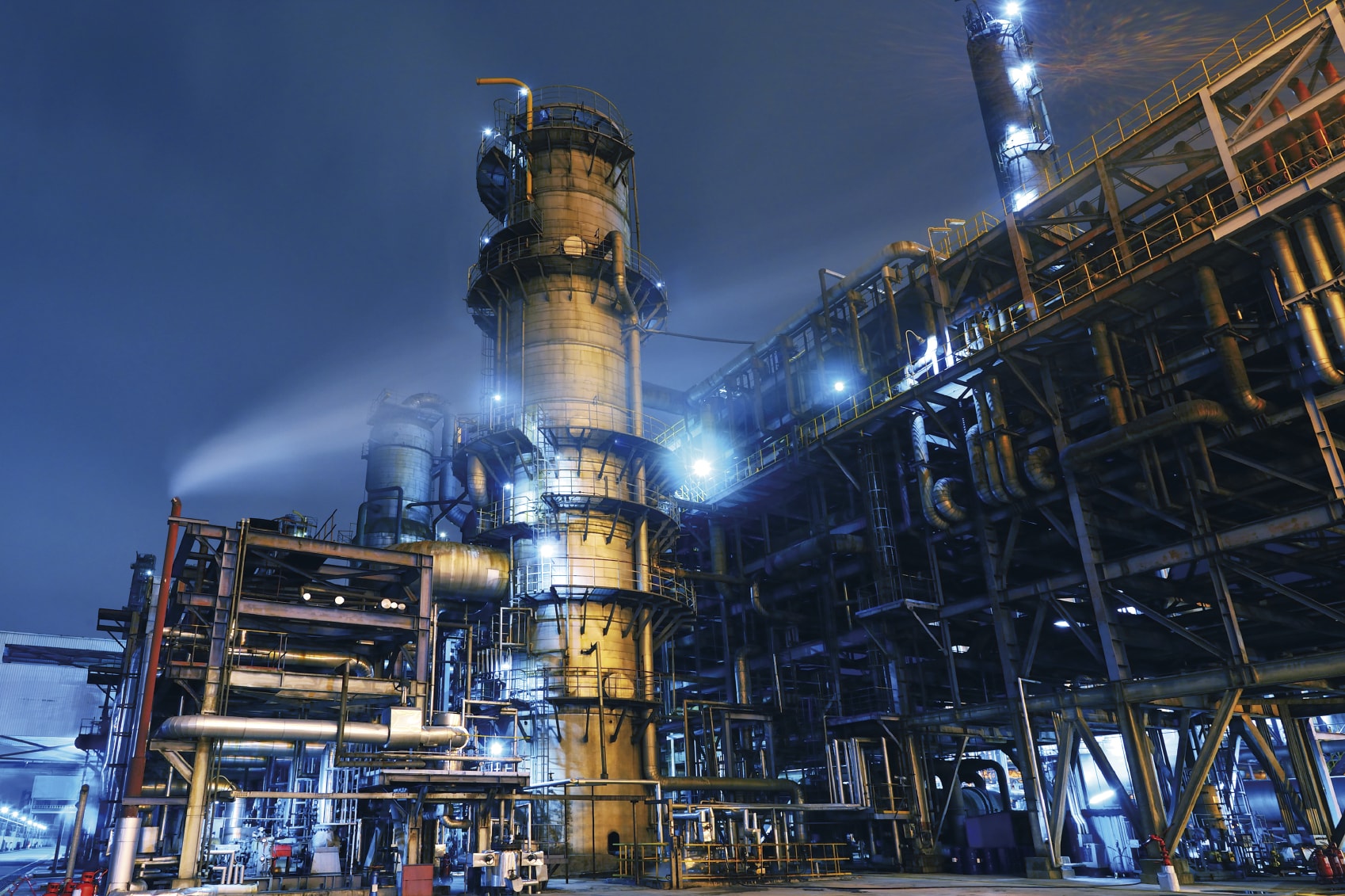Oil has remained caught in a protracted slump since Saudi Arabia declared war on the U.S. shale oil boom and refused to cut production in late 2014, creating a massive global supply glut. Even the latest moves by OPEC, including implementing production cuts in late 2016 and extending them into 2018, had little meaningful effect on alleviating the supply glut.
While many pundits continue to express optimism over the long-term outlook for oil and energy stocks, some are taking a far more downbeat approach. Recently, Russia’s largest oil producer Rosneft predicted that oil would average between US$40 and US$43 per barrel during 2018. This is in stark contrast to claims from some analysts that crude should average US$50-55 over the course of the year and potentially rise to as high as US$60 by the year’s end.
Despite the considerable optimism that has been building over recent larger-than-expected inventory, drawdowns, and declines in the North American rig count, it is difficult to see any sustained recovery in crude occurring for the foreseeable future.
Now what?
Much of the recent price action for crude, which now sees West Texas Intermediate, or WTI, trading at close to US$50 per barrel for the first time in months can be attributed to a weaker U.S. dollar rather any improvement in underlying fundamentals.
Because oil, like other commodities, is priced in U.S. dollars, it becomes more attractive for buyers using other currencies when the U.S. dollar weakens, and vice versa when it firms.
Meanwhile, OPEC along with non-member oil-producing states that are signatories to the agreement are discussing whether or not they should extend the cuts beyond March 2018, because they appear to be having little effect on reducing global oil inventories and boosting the price of crude. The key reasons are growing OPEC production from exempt members Nigeria and Libya, along with the growing risk that the deal could unravel.
Ecuador has already exited the agreement as it desperately seeks to bolster much-needed revenue by growing production. Kazakhstan has also flagged that it is seeking to exit the agreement for similar reasons.
While the latest data from the U.S. Energy Information Administration shows that U.S. crude output fell for the last week of August by 8% compared to the previous week, markets are still worried about growing U.S. production. This is because that sharp decline is an anomaly that goes against the trend since the start of 2017, when oil output has kept growing, peaking at 9.5 million barrels daily — its highest level since July 2015.
The recent drop in U.S. production can be attributed to Hurricane Harvey, which caused roughly 22% of U.S. refining capacity to go offline. That will cause a sharp decline in U.S. inventory draws, leaving the threat of bloated oil inventories to weigh on oil prices for at least the short term.
While some pundits claim that shale oil is unprofitable at US$50 or less per barrel, the industry remains determined to grow output. When considering that some of the most prolific shale oil plays, including Permian and Eagle Ford, have breakeven prices of US$46-50 per barrel, it is easy to understand why. This becomes apparent when reviewing the latest guidance from one of the largest producers in the Bakken, Continental Resources Inc. (NYSE:CLR). After running those numbers, it has breakeven costs of roughly US$46 per barrel.
Meanwhile, Canadian energy company Baytex Energy Corp. (TSX:BTE)(NYSE:BTE) needs only US$30 per barrel for its Eagle Ford wells to break even.
When these factors are considered in conjunction with muted demand growth, it is difficult to see any sustained rally emerging for the foreseeable future.
So what?
This is bad news for an industry that has been suffering from a long slump, especially for those companies that based their operational guidance on the expectation that crude would average US$55 per barrel, like Baytex. It needs WTI to average US$55 per barrel to be free cash flow positive, which is particularly important, because it needs to reduce its massive pile of debt totaling $1.8 billion before any meaningful repayments fall due in 2021.
The risk of sharply lower crude over the next year makes investing in upstream oil stocks a hazardous proposition.







